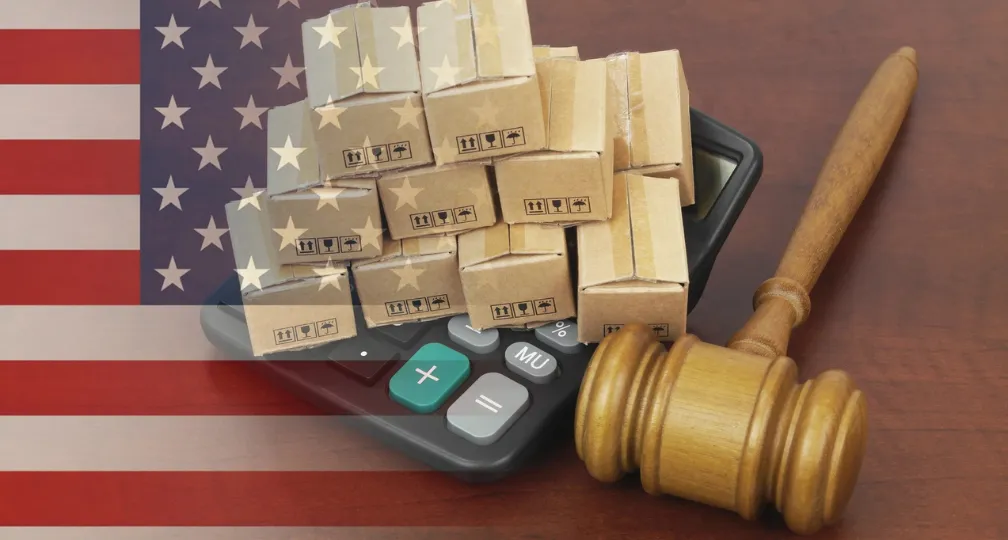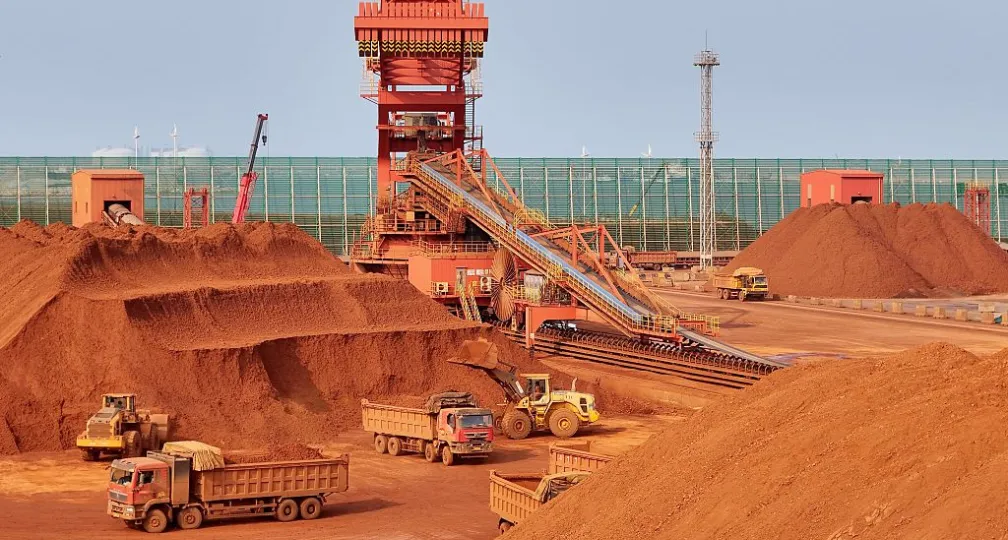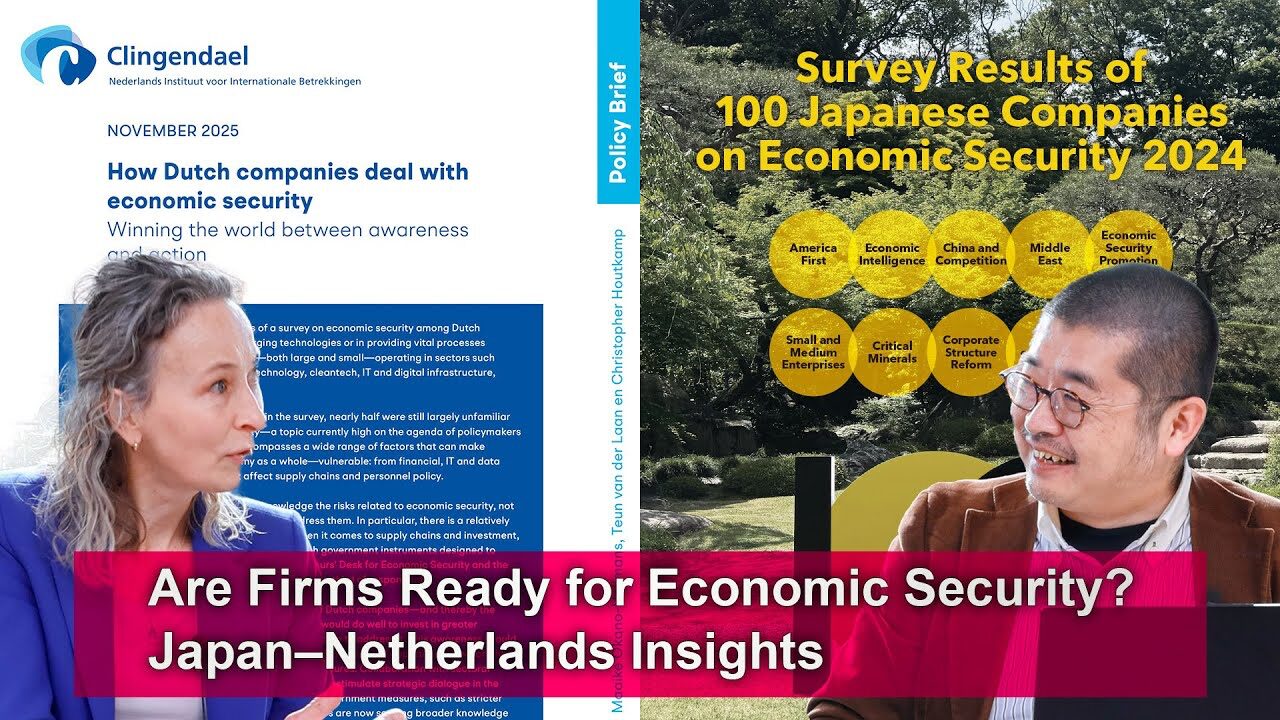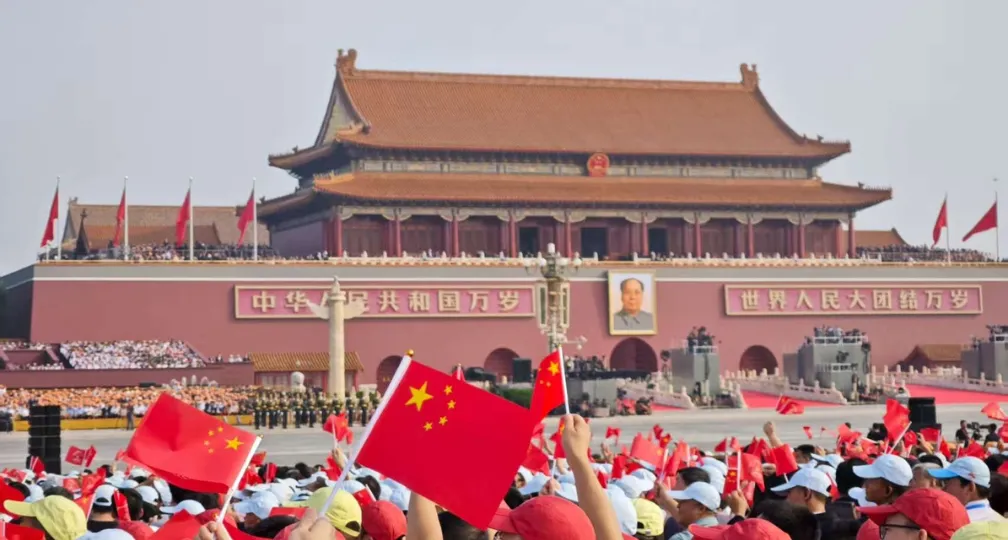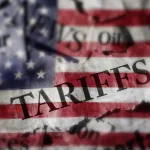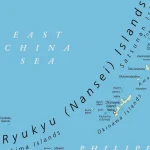IOG Economic Intelligence Report (Vol. 3 No. 12)
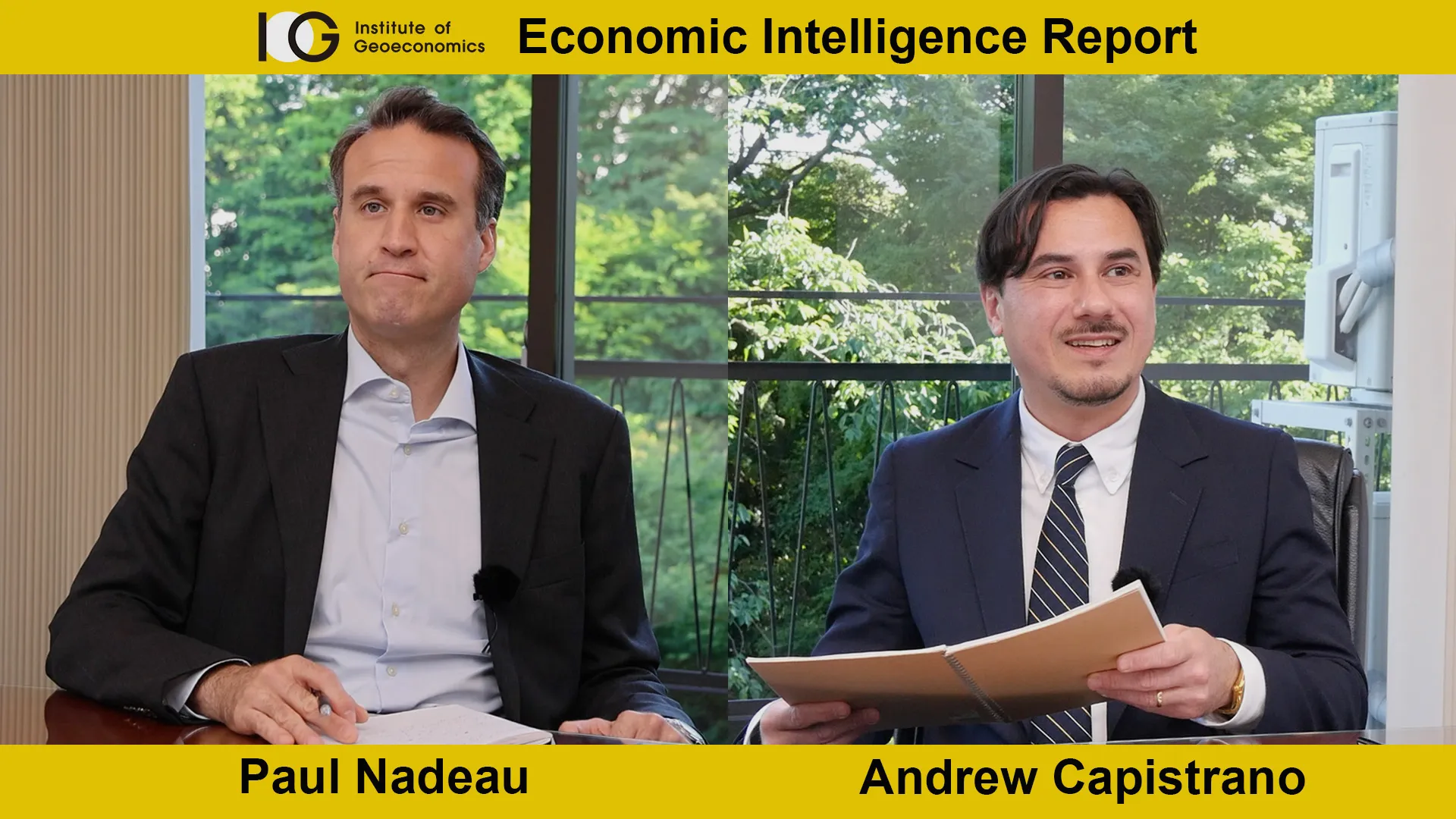
The latest regulatory developments on economic security & geoeconomics
By Paul Nadeau, Visiting Research Fellow, Institute of Geoeconomics (IOG)
U.S. Commerce Secretary Gina Raimondo met with negotiating partners of the Indo-Pacific Economic Framework (IPEF) in Singapore on June 6. At the meeting, member economies signed the Clean Economy Agreement, Fair Economy Agreement, and the Agreement on IPEF, and held discussions on the Supply Chain Agreement, which entered into force in February of this year. Secretary Raimondo also participated in the inaugural IPEF Clean Economy Investor Forum along with 22 U.S. companies, where the IPEF members announced $23 billion in priority projects for consideration to accelerate sustainable infrastructure investments in the Indo-Pacific region. The next IPEF ministerial will be held virtually in September.
The U.S. Government Accountability Office (GAO), an independent and nonpartisan Legislative Branch entity responsible for auditing and investigative services for the U.S. Congress, found that a critical minerals agreement between Japan and the United States does not need congressional approval to take effect. The Strengthening Critical Minerals Supply Chains Agreement was reached between Japan and the United States on March 2023 and obliges the two countries to cooperate on facilitating critical mineral supply chains between them. Members of Congress from both parties argued that Congress should review any such agreement and in October 2023, Mike Crapo (R-ID), ranking member of the Senate Finance Committee with jurisdiction over trade issues, requested GAO to investigate whether congressional approval would be required before the agreement were to go into effect. The GAO’s decision argued that the agreement “simply affirms and confirms obligations and intentions of the United States and Japan under international agreements” and that it does not “interpret, or change any law or regulation, or state how an agency will exercise discretion” and therefore “is not subject to CRA’s requirement that it be submitted to Congress and the Comptroller General before it may take effect.”
On May 31, U.S. Customs and Border Protection (CPB) announced new actions to ensure compliance on de minimis thresholds for tariff exemption. De minimus standards, where packages under a value of $800 may enter the United States duty-free, have faced criticism for possibly allowing the import of illicit goods, such as the drug fentanyl, and politicians from both parties have called for a solution to the apparent “loophole”. CBP’s announcement focuses on the Entry Type 86 test, a voluntary pilot program used for electronic processing for certain packages eligible for de minimis-threshold tariff exemptions. Under the new rules, violators of the Entry Type 86 test will be suspended for “unacceptable compliance risks” with consideration for reinstatement.
On May 31, U.S. President Joe Biden announced that he would appoint Shawn Fain, president of the United Auto Workers, and Brian Bryant, international president of the International Association of Machinists and Aerospace Workers, to join the President’s Export Council, an Executive Branch principal national advisory committee that advises the President on international trade.
On May 31, President Biden announced the extension of the section 232 tariff waiver for Ukrainian steel imports for another year. Section 232 of the Trade Expansion Act of 1962 authorizes the president of the United States to adjust the imports of goods or materials from other countries if the quantity or circumstances surrounding those imports are deemed to threaten national security.
Analysis: Overcapacity and protectionism: European tariffs on Chinese EVs
By Andrew Capistrano, Visiting Research Fellow, Institute of Geoeconomics (IOG)
On June 12, the EU surprised many analysts by announcing plans to raise tariffs on Chinese electric vehicles (EVs) up to 48 percent, defying predictions that any additional duty would be in the range of 10 to 25 percent. By opting instead to apply new tariffs of between 17 and 38 percent, on top of the 10 percent already imposed, the EU is signaling that it has lost faith in Beijing’s willingness to limit the state subsidies that are supporting China’s EV dominance.
Ever since the European Commission (EC) released its landmark economic security strategy last year, the issue of Chinese overcapacity has been among Brussels’ top concerns. China appears intent on redirecting state investment from the infrastructure and housing sectors, where diminishing returns have challenged its economic model, toward increasing its already large share of global manufacturing. The aim is to secure a dominant position in the technologies expected to drive future growth, including EVs and the advanced batteries powering them. Yet since domestic consumption is inadequate to absorb what Chinese firms produce—and cutthroat competition at home has driven down profit margins—the strategy can only be successful if this excess capacity is exported to the world.
From the EC’s perspective, state subsidies have enabled Chinese manufacturers to capture 60 percent of the global EV sector. And Europe is not alone in its concerns. Brazil announced in May that it would raise its tariffs on EV imports from 10 to 18 percent starting this July, eventually reaching 35 percent by July 2026. On June 8, Turkey imposed an additional 40 percent tariff on all Chinese auto imports, as well as a minimum tariff of $7,000 per car to specifically target the cheapest vehicles that are out-competing Turkish automakers. Most notably, President Biden also announced last month that the US would impose a 100 percent tariff on Chinese EVs.
But China’s auto manufacturers have barely penetrated the US market, while in the EU their share of the EV sector rose from 4 percent in 2023 to an estimated 8 percent this year. The EC predicts this will double again to around 15 percent in 2025. As other advanced economies and smaller markets have proven either unwilling or insufficient to absorb the glut of Chinese cars, Beijing had looked to Europe as the only realistic destination for their excess capacity. Indeed, ports around the world have been flooded by Chinese cars in recent months, as producers sought to front-load the possibility of new tariffs. Nowhere is this dynamic more clear than in the parking lots surrounding the port of Antwerp, which are now storing over 100,000 Chinese EVs, with as many as a million expected to arrive over the course of 2024.
Recognizing the implications of China’s strategy, the EC launched an anti-subsidy investigation into Chinese EVs in October 2023. In contrast to the 10 percent duty the EU had previously imposed on these EVs, China has maintained a 15 percent tariff on all European-produced vehicles—an asymmetry that could no longer be sustained now that Chinese EVs are roughly four-fifths the price of their European counterparts. It should also be recalled that China had a 25 percent tariff on European autos before 2017, the year Beijing decided to reduce it to 15 percent amid the US-China trade war. That move was intended to divide Europe from the US and demonstrate China’s commitment to global trade. Since then, however, the strategic environment has changed dramatically, with the EU shifting toward economic security, export controls, and ‘de-risking’, and China transforming its growth model.
The precise amount of the new EU tariff will be calculated on a firm-by-firm basis, depending on the level of state subsidies each has received. Three automakers have been singled out: BYD (additional tariff of 17.4 percent), Geely (20 percent), and SAIC (38.1 percent). Chinese companies that cooperated with the EC’s investigation will have an added 21 percent tariff imposed, and those that did not will be hit with an additional 38.1 percent.
But in determining the tariff level, the EU had to overcome two major contradictions. First, more prevalent EV usage is essential to meet the EU’s stated goal of becoming the first ‘net-zero’ continent by 2050. It is understandable that Europe would want to ensure its own robust auto sector is protected from state-subsidized competition as it pursues this ‘green transition’, yet reaching ‘net zero’ without cheaper Chinese EVs will be much more difficult due to China’s impressive head start in this sector and its control over the supply chain for advanced battery production.
Second, the EU’s member states were nowhere near aligned. In fact, because French President Macron demanded the EC impose high tariffs while German Chancellor Scholz argued to keep them as low as possible, a split over European trade policy toward China was revealed. It is ironic that the EC imposed the new tariffs ostensibly to protect the European auto sector, when its leading auto producer, Germany, was the most vocally opposed. But the China market accounts for around a third of all BMW and Mercedes sales worldwide, and just under 15 percent for VW, leaving Germany uniquely exposed to potential Chinese trade retaliation. Therefore, Scholz had lobbied for an additional tariff of only 5 percent (in other words, making it symmetrical to Chinese tariffs on European cars).
It remains to be seen how China will respond to the EC’s announcement. Under WTO rules, China has four weeks to challenge the legitimacy of the increased tariffs, or take up the EC’s offer to seriously resolve the subsidy issue. If China does neither, the tariffs will be applied from July 4.
Of course, China also has other means of pressuring EU member states. As the EC has moved increasingly toward an economic security posture, China has sought to drive a wedge between Brussels and individual European capitals. Spain is aligned with France in support of the increased tariffs, while alongside Germany, Sweden and Hungary are opposed. It will take support from 11 EU member states to overturn the EC’s policy, and China can be expected to encourage such an outcome as best it can. For instance, the Chinese Foreign Ministry responded to a Financial Times article suggesting the additional tariff would only be 25 percent by threatening retaliation, potentially targeting French liquors and agricultural products.
China is surely aware that following the right-wing surge in June 9’s EU elections, both Macron and Scholz face domestic political challenges. These will only be exacerbated by a prolonged trade war. Nevertheless, the EC has crossed the threshold: it has shown it is willing to accept these political risks in order to confront China’s economic challenge. The next move, however, will be made in Beijing.


Visiting Research Fellow
Paul Nadeau is an adjunct assistant professor at Temple University's Japan campus, co-founder & editor of Tokyo Review, and an adjunct fellow with the Scholl Chair in International Business at the Center for Strategic and International Studies (CSIS). He was previously a private secretary with the Japanese Diet and as a member of the foreign affairs and trade staff of Senator Olympia Snowe. He holds a B.A. from the George Washington University, an M.A. in law and diplomacy from the Fletcher School at Tufts University, and a PhD from the University of Tokyo's Graduate School of Public Policy. His research focuses on the intersection of domestic and international politics, with specific focuses on political partisanship and international trade policy. His commentary has appeared on BBC News, New York Times, Nikkei Asian Review, Japan Times, and more.
View Profile-
 Analysis: Ready for a (Tariff) Refund?2025.12.24
Analysis: Ready for a (Tariff) Refund?2025.12.24 -
 China, Rare Earths and ‘Weaponized Interdependence’2025.12.23
China, Rare Earths and ‘Weaponized Interdependence’2025.12.23 -
 Are Firms Ready for Economic Security? Insights from Japan and the Netherlands2025.12.22
Are Firms Ready for Economic Security? Insights from Japan and the Netherlands2025.12.22 -
 Is China Guardian of the ‘Postwar International Order’?2025.12.17
Is China Guardian of the ‘Postwar International Order’?2025.12.17 -
 Japan-India Defense in a Fragmenting Indo-Pacific2025.12.10
Japan-India Defense in a Fragmenting Indo-Pacific2025.12.10
 The “Economic Security is National Security” Strategy2025.12.09
The “Economic Security is National Security” Strategy2025.12.09 Event Report: The Trump Tariffs and Their Impact on the Japanese Economy2025.11.25
Event Report: The Trump Tariffs and Their Impact on the Japanese Economy2025.11.25 Trump’s Tariffs Might Be Here to Stay – No Matter Who’s in Power2025.11.28
Trump’s Tariffs Might Be Here to Stay – No Matter Who’s in Power2025.11.28 The Tyranny of Geography: Okinawa in the era of great power competition2024.02.09
The Tyranny of Geography: Okinawa in the era of great power competition2024.02.09 The Real Significance of Trump’s Asia Trip2025.11.14
The Real Significance of Trump’s Asia Trip2025.11.14


